Google announced a substantial overhaul to its spam policies for search yesterday, introducing a crackdown on AI content.


A new generative artificial intelligence startup called Cognition AI Inc. is looking to disrupt coding with the launch of a new tool that can autonomously create code for entire engineering jobs, including its own AI models.
That tool’s name is Devin, and it takes the premise of GitHub Inc.’s and Microsoft Corp.’s Copilot developer tool much further, as it can carry out entire jobs on its own, rather than simply assist a human coder.
In a video (below) attached to a blog post announcing Devin, Cognition Chief Executive Scott Wu demonstrates how users can view the model in action. They can see its command line, code editor and workflow as it goes step-by-step, completing comprehensive coding projects and data research tasks assigned to it.
And setting a new state of the art on the SWE-bench coding benchmark
Meet Devin, the world’s first fully autonomous AI software engineer. Devin is a tireless, skilled teammate, equally ready to build alongside you or independently complete tasks for you to review.
With Devin, engineers can focus on more interesting problems and engineering teams can strive for more ambitious goals.
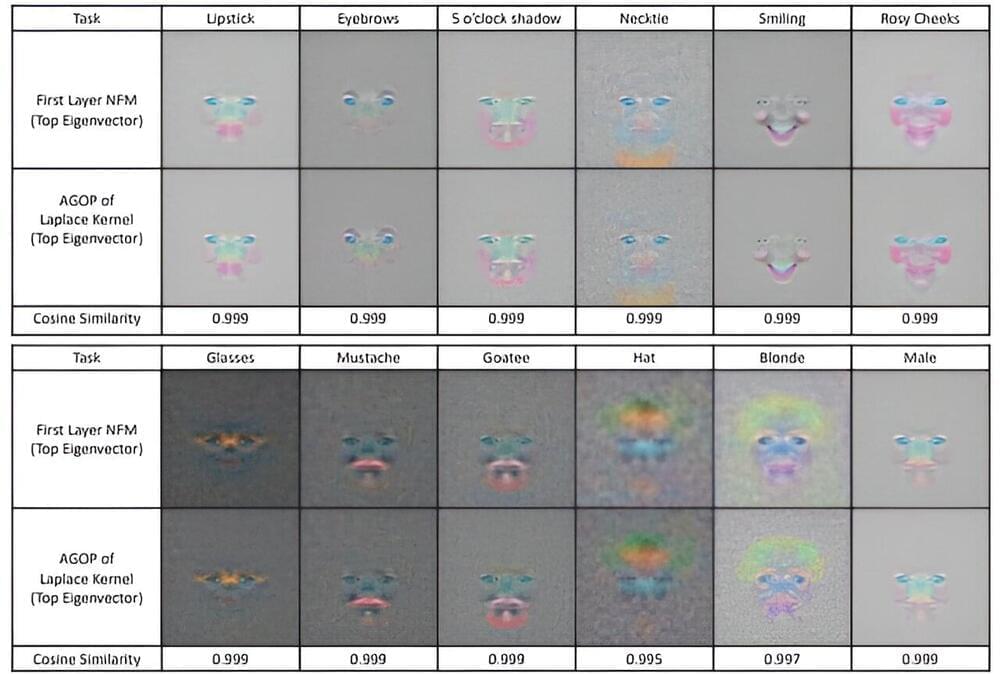
Neural networks have been powering breakthroughs in artificial intelligence, including the large language models that are now being used in a wide range of applications, from finance, to human resources to health care. But these networks remain a black box whose inner workings engineers and scientists struggle to understand.
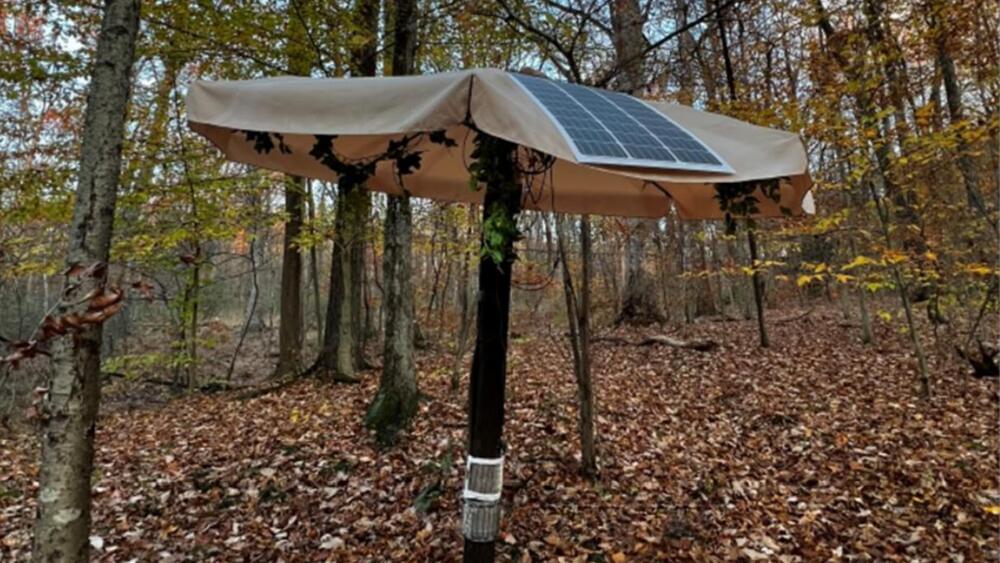
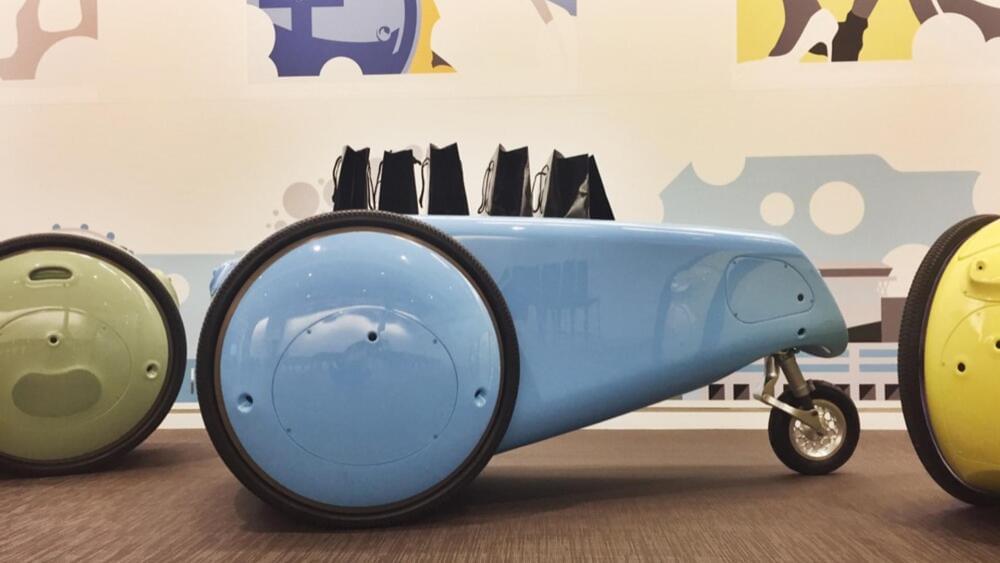
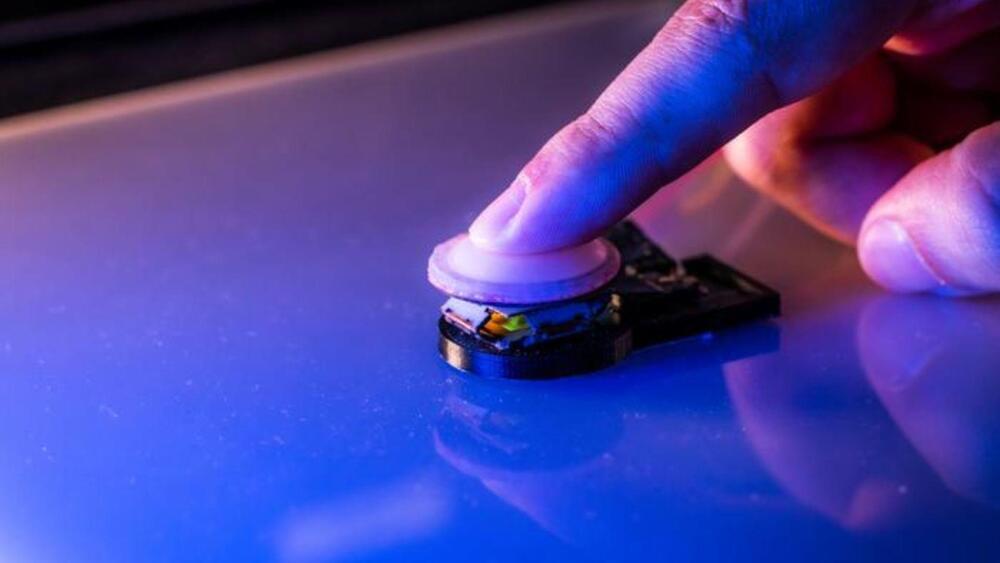
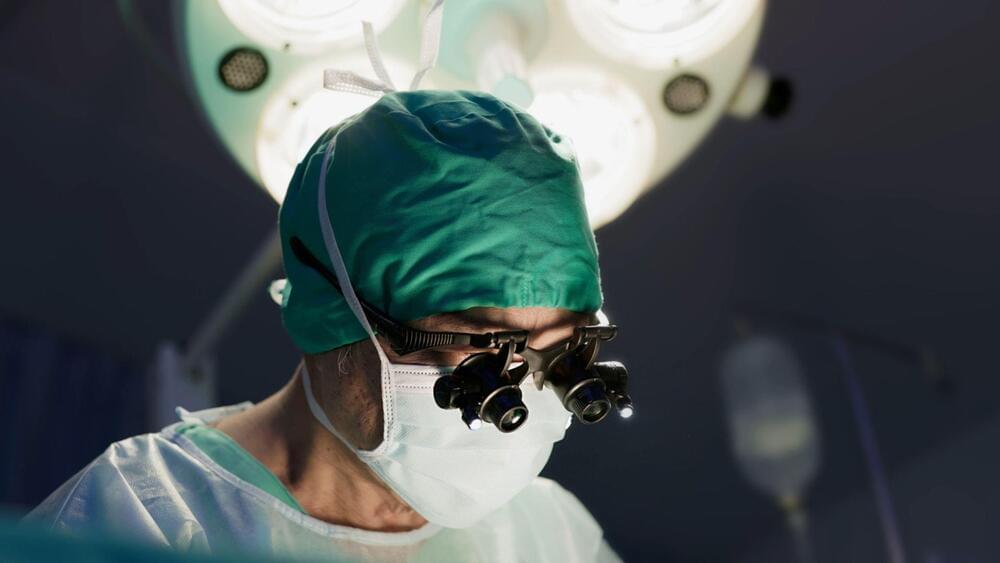

The covert stereotypes also strengthened as the size of the models increased, researchers found. That finding offers a potential warning to chatbot makers like OpenAI, Meta, and Google as they race to release larger and larger models. Models generally get more powerful and expressive as the amount of their training data and the number of their parameters increase, but if this worsens covert racial bias, companies will need to develop better tools to fight it. It’s not yet clear whether adding more AAE to training data or making feedback efforts more robust will be enough.
“This is revealing the extent to which companies are playing whack-a-mole—just trying to hit the next bias that the most recent reporter or paper covered,” says Pratyusha Ria Kalluri, a PhD candidate at Stanford and a coauthor on the study. “Covert biases really challenge that as a reasonable approach.”
The paper’s authors use particularly extreme examples to illustrate the potential implications of racial bias, like asking AI to decide whether a defendant should be sentenced to death. But, Ghosh notes, the questionable use of AI models to help make critical decisions is not science fiction. It happens today.

Google announced a number of new features for Google Play listings for games, including AI-powered FAQs, displaying the latest YouTube videos, new immersive ad formats and support for native PC game publishing. The announcements were made at the Google for Games Developer Summit held in San Francisco.
As part of the announcement, the company is releasing new tools related to Play Store listings to attract more users. Developers can display promotions and the latest YouTube videos directly in their listings — they will be shown to users in the Games tab of the Play Store.
Google is also introducing support for AI-powered FAQs on the game’s information page in English. Currently, these features are rolling out to a limited set of developers. The company had been testing AI-generated FAQ answers on Play Store for non-game-related apps for some time.